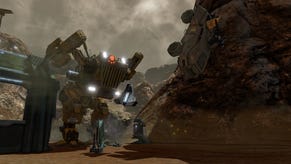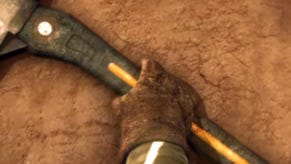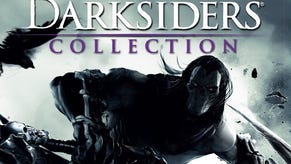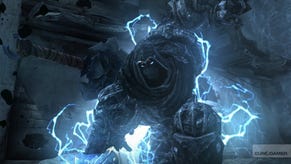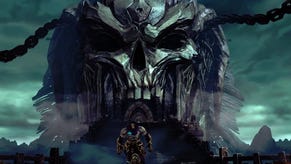Red Faction: Guerrilla
Small town riot.
Volition is one of the main employers, and the only games developer, in Champaign, Illinois. Studio life is local life. So when 86 of the external QA team are made redundant a couple of days before I arrive in smalltown America, it's big news, splashed all over the local TV and print media. The first cab driver I speak to knows a guy who works there. Ask any local, it seems, and they'll have something to say about Volition.
It's a markedly different dynamic and atmosphere to the studios I've visited clustered around major US cities. There's much to be said for the buzz and the thrill of the big city; but it can also create a restlessness that sees staff impatiently flit from company to company in search of the next creative rush. Nothing wrong with that; but it wouldn't do for a project like Red Faction: Guerrilla.
The last title in the series, Red Faction II, released seven years ago. Volition has been toiling away on a sequel now for the past five, but it's striking to note that for most of that time the studio wasn't even sure if it was going to work.
"I'm impressed we've got this far," admits lead designer James Hague. "There were lots of points where I thought, no way, this is never going to work." The eureka moment came only "in the past 18 months" when, after years of heavy-duty engine building, it became clear that they had a game idea and structure that actually worked.
Although we're not quite talking Duke Nukem Forever here, dedicating years of your life to something you're never actually certain is going to be released must require immense patience and self-discipline. But opting to settle into the slow lane of Champaign probably helps.
"When people come here I think it's about long-term, it's about settling down, having a family," studio boss Dan Cermak tells me. "A traffic jam here is maybe three cars at a stop light. When we get people coming here we know they're serious."
The biggest issue has been technical. The first two Red Faction games were solid if routine first-person shooters but for one element: Geo-Mod. Based on proprietary tech, this allowed players to wreck the environment. But as every encounter with an invisible wall tells us, promise your audience the world, and anything less leads to disappointment.
So the vision for Guerrilla was clear enough: create a world in which practically everything can be crushed, broken, bent, exploded, clobbered and toppled. If it's in your way, you should be able to smash it to smithereens. And so years have been spent evolving the studio's destruction tech to a point where this is not only feasible, but implementable in a way that's fun and, crucially, doesn't stagger drunkenly at three frames per second. And you know what? They've done it.
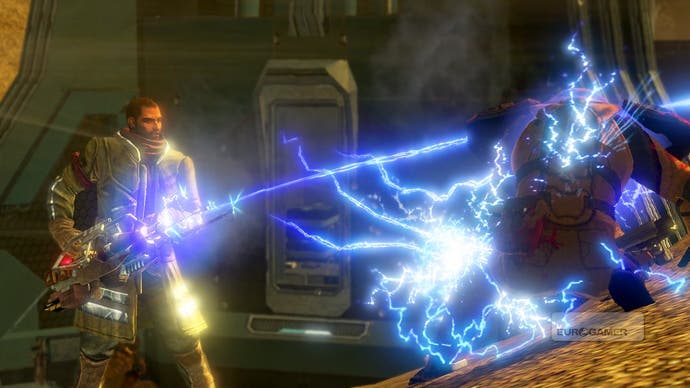
As you'll know by now, the linear FPS model of the original has been ditched in favour an open-world, third-person sandbox adventure. After enjoying considerable success with its Saints Row games, this move makes perfect sense for Volition and for the experience.
The team has argued all along that the shift in perspective was about being able to take in as much of the havoc you wreak on the environment; and this is a game where you'll want to savour every last thwack of metal on concrete.


